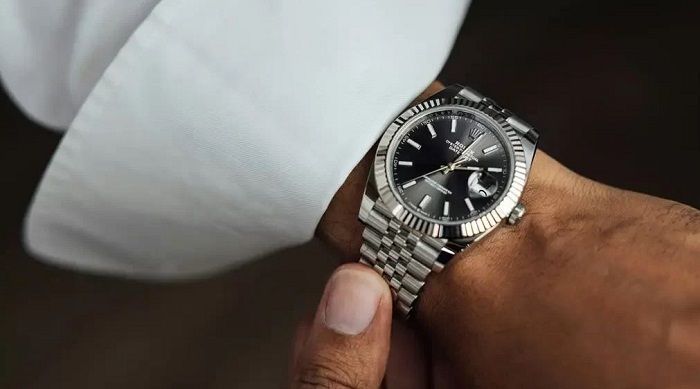What Steps Do Shops Take to Prove Luxury Watches Are Authentic
Luxury watches are more than accessories—they’re symbols of precision and heritage. But with replicas improving, how can buyers trust what they’re buying? The answer lies in the behind-the-scenes efforts by reputable shops. These stores follow strict procedures to guarantee every piece is real. From expert inspections to certifications, each step matters. In places like Italy, especially when buying orologi di lusso torino, ensuring authenticity is a serious process.
The Inspection Room
Every luxury watch undergoes visual and mechanical checks before going on display. Skilled watchmakers inspect the movement for original engravings and factory marks. They also analyze screws, dial fonts, and clasp structure for inconsistencies. Counterfeit models often fail under microscopic examination techniques used here. Shops invest in high-end magnification tools to detect even minor flaws. This quiet room is where fakes meet their fate.
Paper Trails Tell the Story
Authentic watches often come with original documents that trace their journey. These include warranty cards, purchase receipts, and factory certificates. A lack of proper documentation raises red flags immediately during evaluation. Shops use global databases to verify these details before buying from suppliers. Matching serial numbers to paperwork is standard procedure for trusted dealers. This ensures the watch has a transparent and trustworthy history.
Experts with Trained Eyes
Professional appraisers are essential for confirming a watch’s authenticity in shops. Many are trained by Swiss or German horology schools with decades of experience. They recognize subtle design shifts that untrained eyes would easily miss. For instance, changes in crown design or dial printing can signal a fake. Their skills are sharpened over time by examining thousands of timepieces. These experts serve as the final gatekeepers of quality.
Technology Never Misses a Beat
In modern shops, machines play a key role in validation too. Timegrapher devices analyze how well a movement keeps time and functions. Ultraviolet lights reveal hidden security marks only found in genuine models. Shops also use laser engraving scanners to check for factory-correct signatures. Advanced software compares case dimensions and materials to brand specifications. If anything seems off, the item is flagged and pulled from inventory. Technology ensures even replicas with perfect looks don’t make it through.
Trusted Networks Behind Each Watch
Luxury watch shops rarely buy randomly; they depend on verified suppliers. These networks are built over years of trusted partnerships and secure sources. Sellers must provide verifiable proof of ownership and past service records. Shops also participate in global watch fairs to meet verified manufacturers directly. This chain of trust protects both the business and the buyer. A solid network reduces the chances of acquiring counterfeit timepieces.
Conclusion
Shops that deal in luxury watches know the responsibility they hold. Each piece is a legacy, and authenticity isn’t taken lightly. With expert eyes, advanced tools, and strong networks, the truth of a timepiece always comes out. These efforts build trust between shops and their loyal clients. Authentic watches are more than valuable—they’re verified pieces of art. That’s why buyers can feel confident when choosing their next timeless investment.
